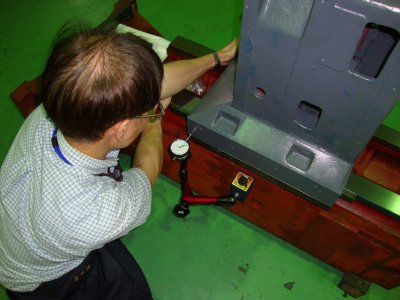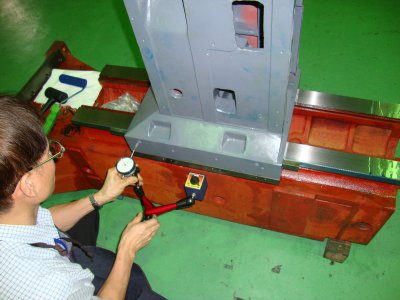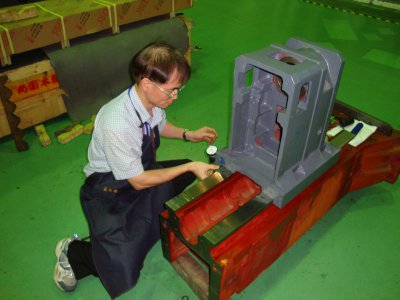- Joined
- Aug 26, 2013
- Messages
- 167
This is a tale of woe. I got me a mini lathe from Grizzly sometime around 1998, I was excited. After experimenting and noodling I wanted to improve it, so this is where the nightmare began. The first thing I bought were the inch lead screw and nut offered by Micro Mark. That went well but it was for only the X and Y axis. I managed. Then came the Digital readouts for the cross feed. I installed them as instructed, it did not work as advertised. I never got an accurate reading, so I removed it and re installed it as instructed again, and then, again, three times total, still not correct. By that time it was to late to return it for refund or replacement. So long story short here's what I'm left with. A cross feed screw that binds and is now somehow 0.010" - 0.018" too long, plus it seems to rock on the ways when adjusted. Has anyone come up with a method of replacing this miasma of inaccurate and ungainly parts. I want to change the screw and the sucky nut arrangement anic: to something more normal. Would someone want to start a dialog with me to explore this issue? I could really use some help with this.
anic: to something more normal. Would someone want to start a dialog with me to explore this issue? I could really use some help with this.




